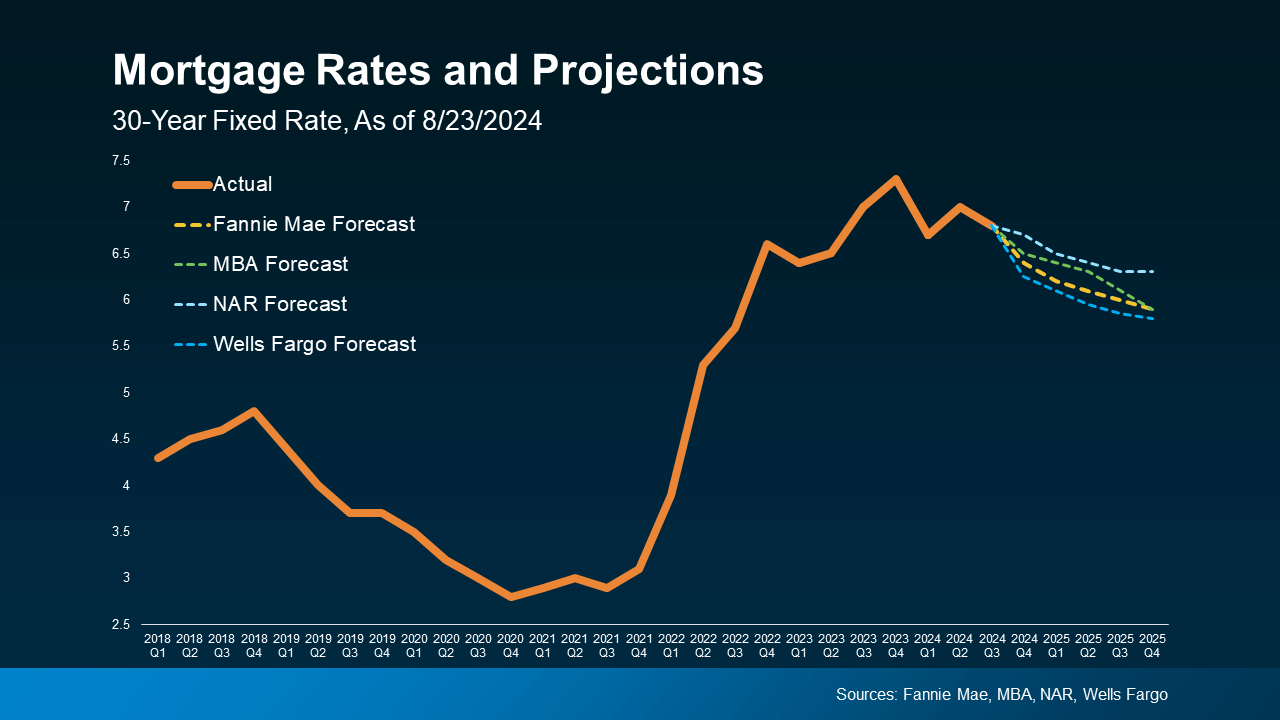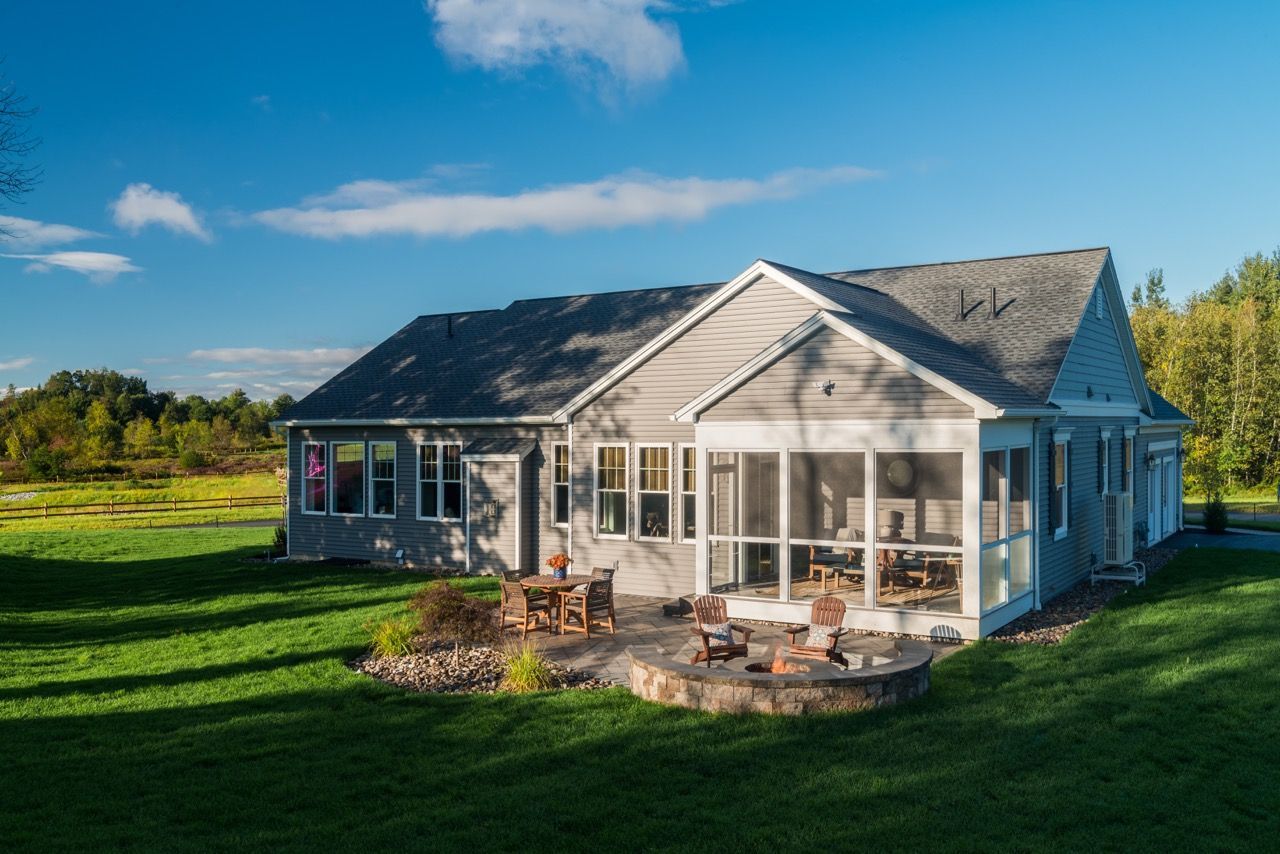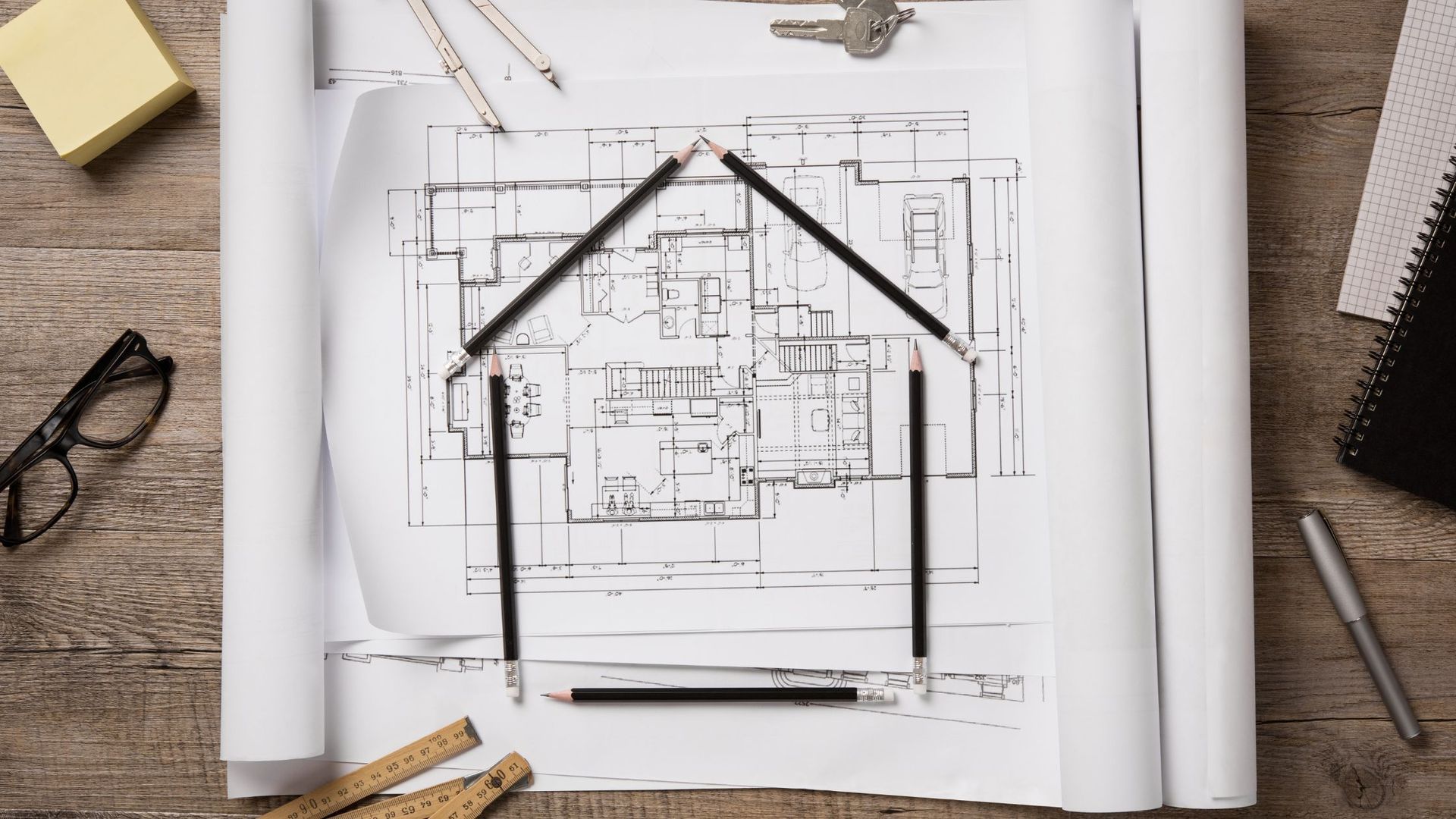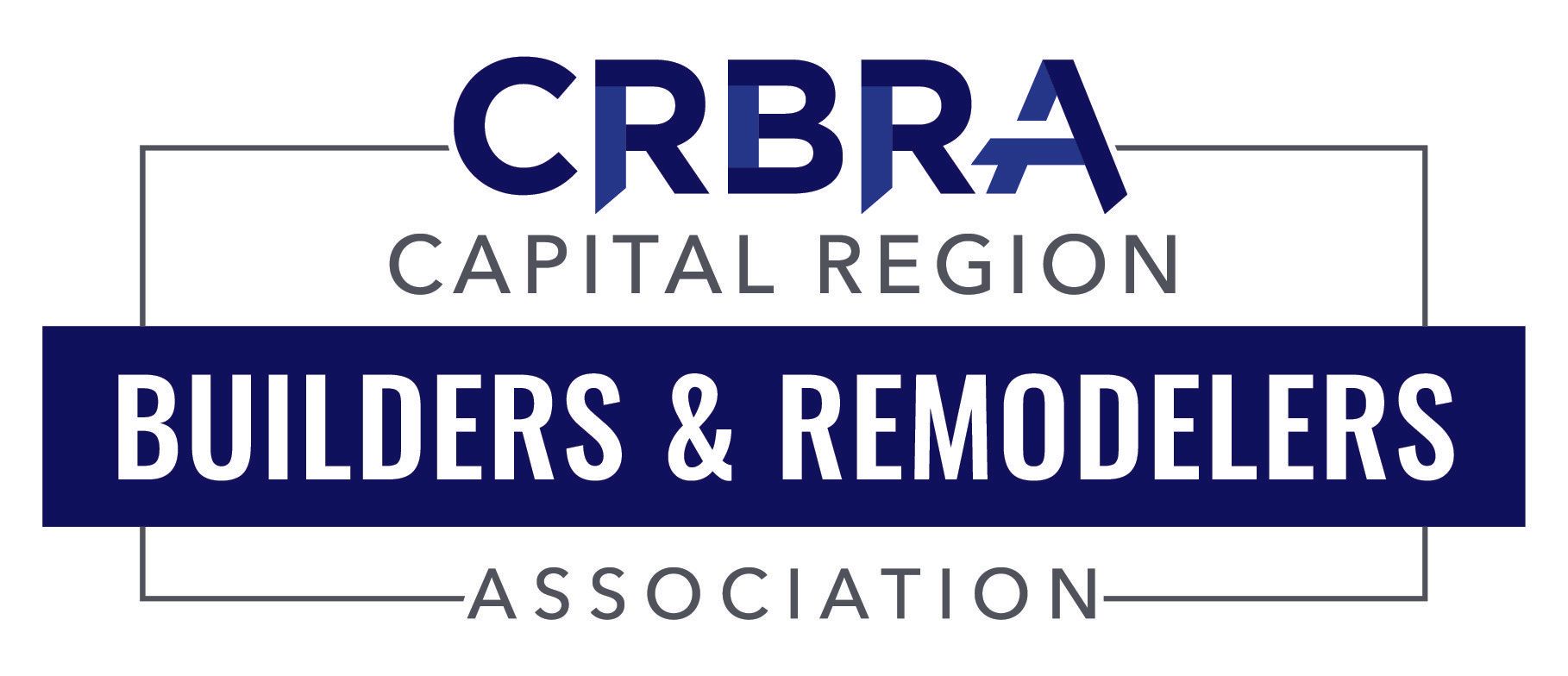The Real Story Behind the Potato Chip
Not only is the Capital District home to two both Santa Claus and Uncle Sam, but one of the nation’s most craveable treats was also invented right here in the 518. Perhaps America’s favorite snack food, “the home of the potato chip” is a proud claim to fame of Saratoga Springs.
On the evening of August 25, 1853, the chef at Moon’s Lakehouse, George Crum, was growing more and more frustrated with restaurant patron and business magnate Cornelius Vanderbilt. Complaining that his fried potatoes were cut too thick, Vanderbilt kept sending them back again and again, until Crum in a moment of rage and frustration, peeled the spuds as thin as he could, fried them extra crispy and seasoned them with extra salt. Much to Crum’s surprise though, Vanderbilt and his table absolutely loved them. The “Saratoga Chips” as they came to be called were an instant hit, building for Crum a reputation as one of the most respected chefs in the area and eventually securing him his own lakeside restaurant, Krum’s house.
Saratoga Chips were soon being enjoyed by restaurant-goers nationwide and by the early 20th century, the demand had grown so much that manufacturers began producing chips for home consumption. Though initially chips were sold in bulk by the scoopful, or in metal tins, this left the chips on the bottom stale and crushed. It wasn’t until Laura Scooder began having her employees iron wax paper into bags that the potato chip really became a viable and addicting “anytime” snack food.
Today, millions of potato chips are enjoyed everyday by folks across the world, but without a cook at the end of his rope from Saratoga Springs who knows what we would all be snacking on!
Photo credit Bill Walsh. Used under the Creative Commons License.
Share














